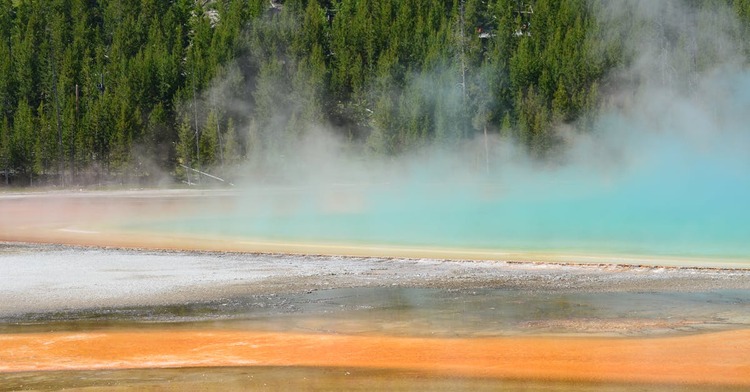
Introduction
As natural phenomena, hot springs and geysers captivate with their unique geothermal features and offer fascinating insights into Earth's subterranean activities. Across the globe, these geothermal wonders not only serve as major tourist attractions but also play significant roles in environmental studies and conservation efforts. This article delves into the science behind hot springs and geysers, explores famous examples, discusses their ecological impacts, and provides practical advice for those planning to visit these natural phenomena.
Understanding Hot Springs and Geysers
What are Hot Springs?
Hot springs are pools of water heated by the Earth's internal heat. This geothermal heat is often due to the presence of magma beneath the Earth's surface, which heats groundwater that has seeped down from the surface. When this water becomes hot enough, it rises back to the surface, forming steaming pools known as hot springs.
What are Geysers?
Geysers are a more dynamic type of hot spring characterized by intermittent eruptions of water and steam. These eruptions occur when underground reservoirs of water are heated to boiling temperatures, causing the water to expand and, due to the pressure in the confined space, eject forcefully through the surface. This spectacular display is not only a visual treat but also a demonstration of the dynamic processes occurring beneath Earth's crust.
Famous Examples of Geothermal Wonders
Yellowstone National Park, USA
Yellowstone is renowned for its high concentration of geothermal features, including over 300 geysers, with Old Faithful being the most iconic. This park demonstrates the diverse range of geothermal activity, with hot springs, mud pots, and fumaroles dotting the landscape.
Valley of Geysers, Russia
Situated on the Kamchatka Peninsula, the Valley of Geysers is the second-largest concentration of geysers in the world. This remote valley was discovered in 1941 and remains one of the most pristine geothermal areas accessible only by helicopter, making it a bucket-list destination for adventure travelers.
Blue Lagoon, Iceland
The Blue Lagoon in Iceland is a prime example of how geothermal activity can be harnessed for recreational and health purposes. This man-made lagoon is fed by water from the nearby Svartsengi geothermal power plant and is famous for its rich mineral content and therapeutic properties.
Ecological Impacts
Geothermal features like hot springs and geysers are not just tourist attractions—they are vital ecological components that support diverse ecosystems. Microorganisms that thrive in extreme temperatures, known as extremophiles, form the base of a unique ecological pyramid and contribute significantly to our understanding of biology and the limits of life.
However, these environments are delicate and can be easily disrupted by human activity. Pollution, overuse, and physical alterations to geothermal sites can lead to the destruction of these unique ecosystems. It is crucial to implement stringent conservation strategies and promote responsible tourism to protect these natural wonders.
Visiting Hot Springs and Geysers
Planning Your Visit
When planning a visit to geothermal sites, it is important to consider safety and environmental impact. Many geothermal areas are protected regions, and visitors should adhere to guidelines that include staying on designated paths, not touching the geothermal features, and respecting wildlife.
Gear and Preparation
Proper preparation can greatly enhance your experience. Depending on the location, basic gear recommendations include water-resistant clothing, sturdy hiking boots, and a thermal camera or binoculars to safely observe from a distance. Always check local guidelines and weather conditions before heading out.
Conclusion
Hot springs and geysers offer a window into Earth's inner workings and provide unique natural settings that appeal to tourists and researchers alike. As we continue to explore these geothermal wonders, it's imperative to balance curiosity with conservation. Preserving these natural phenomena ensures that they can be enjoyed by future generations while maintaining their role in ecological research.
For more information on gear, adventure providers, and further resources to plan your visit to these breathtaking natural wonders, visit Outdoor Adventures Connection at www.outdooradventures.pro. Connect with nature responsibly and discover the earth's incredible geothermal activities firsthand.

-(2).png)


.png)


.png)
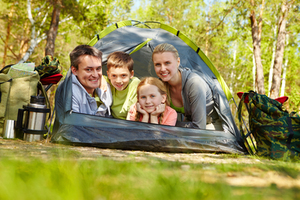
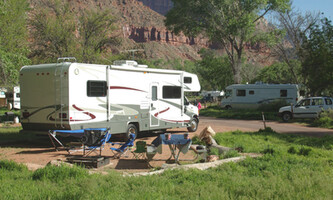
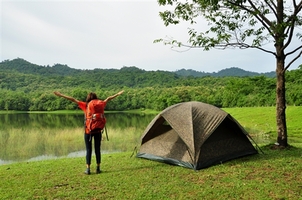
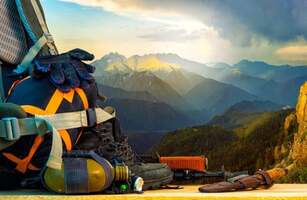

-(1140-×-106-px).png)
.jpg)
Leave Comment Below